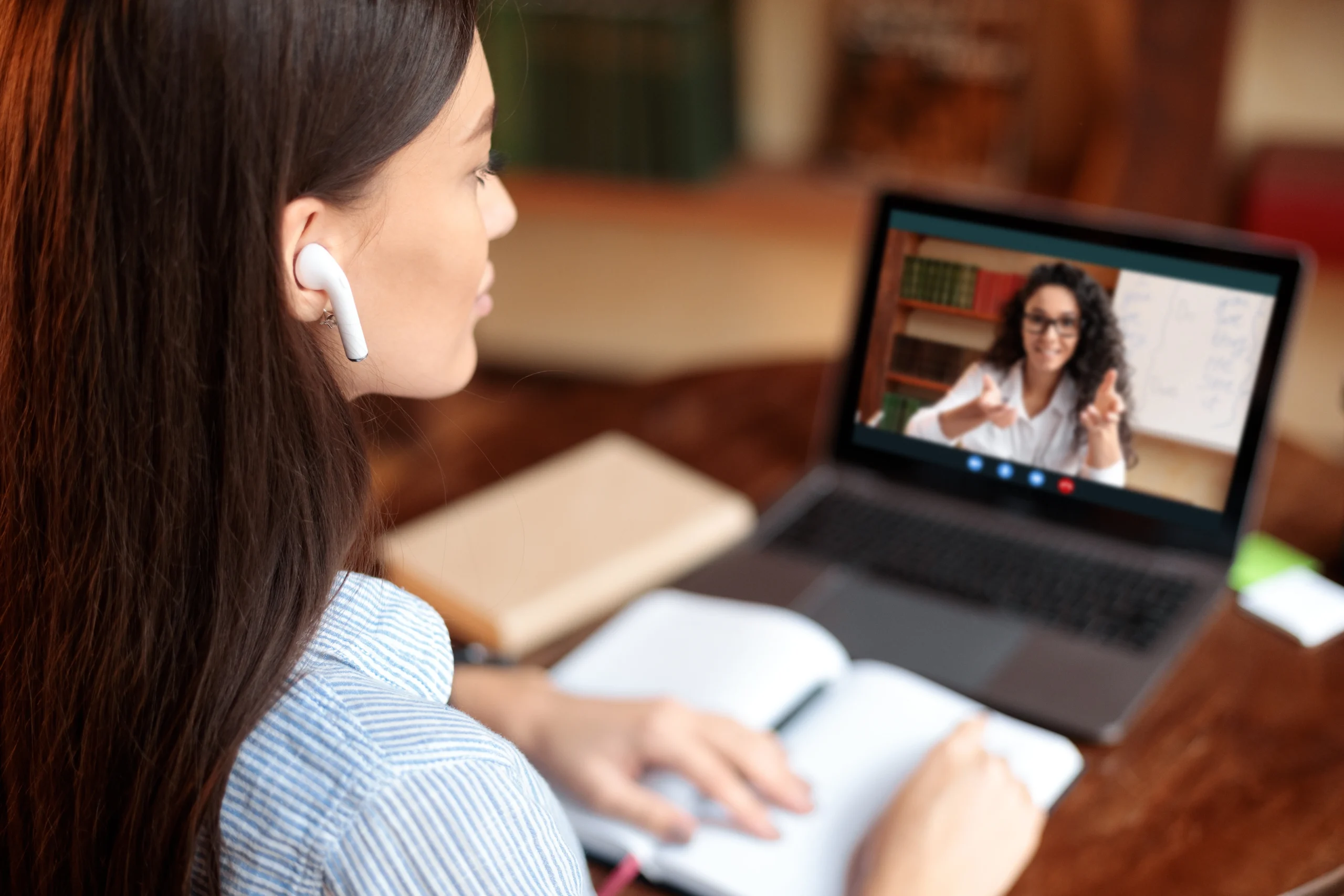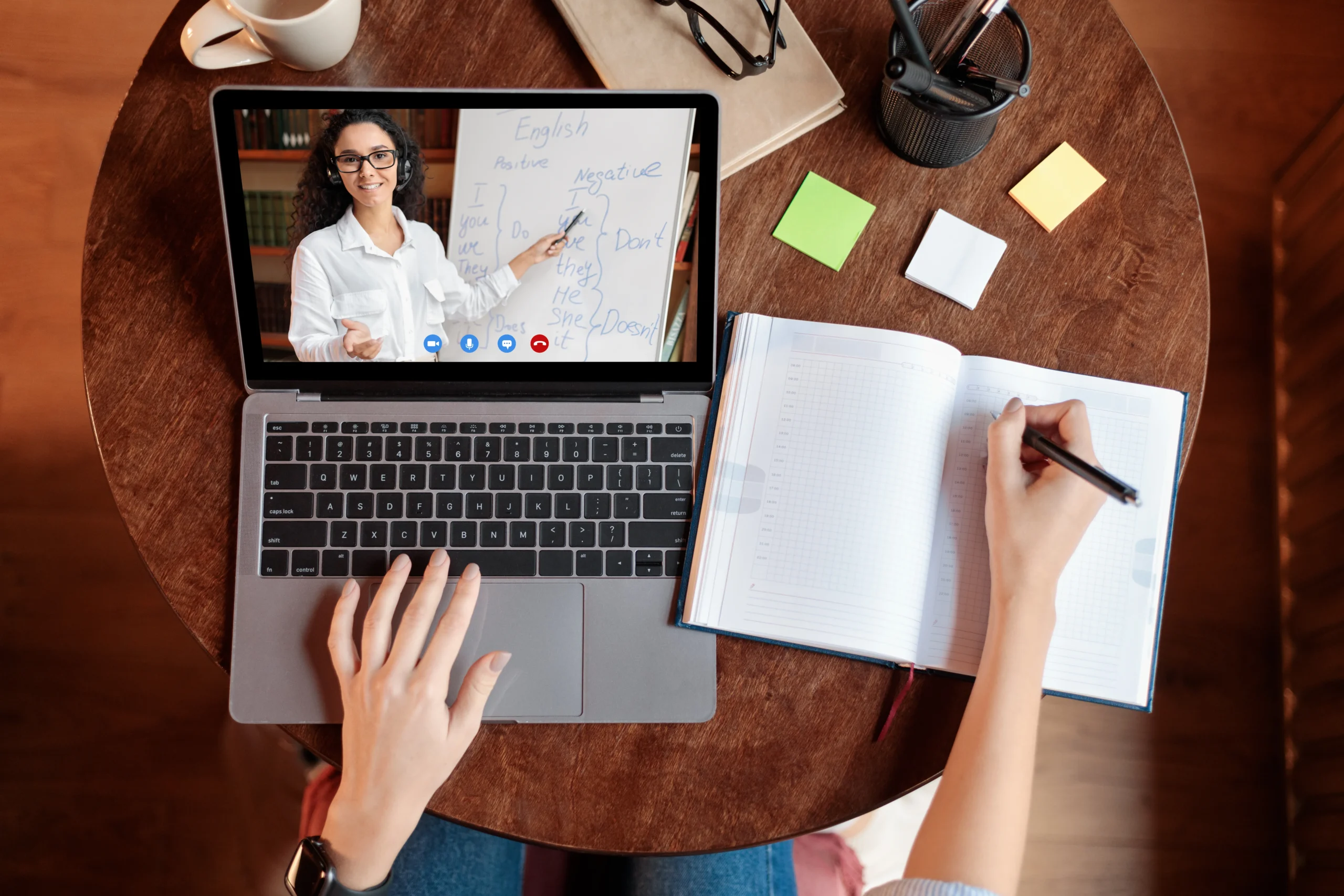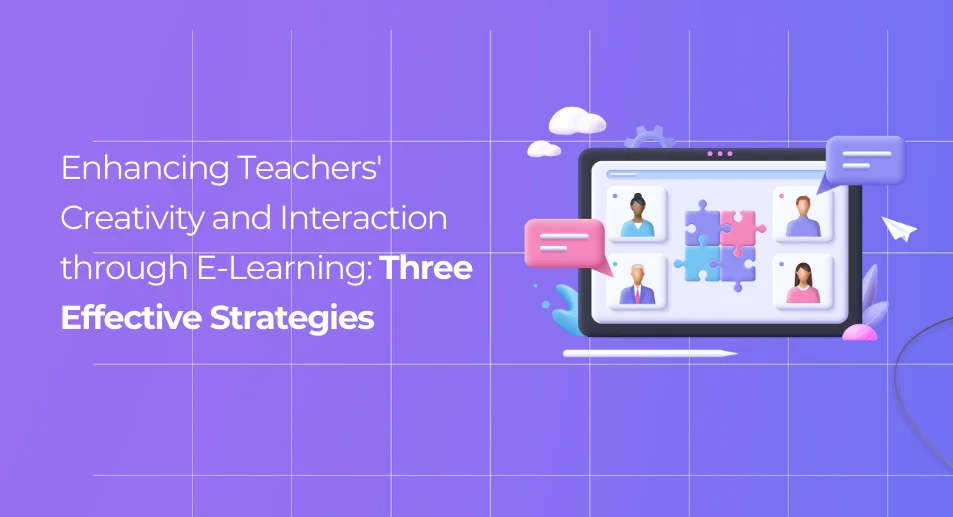Enhancing Teachers’ Creativity and Interaction through E-Learning: Three Effective Strategies
E-Learning represents a fundamental transformation in the world of education, necessitating teachers to reassess and adapt conventional teaching methodologies. This transformation offers unique opportunities to enrich interactions with students and highlight their creativity. In this article, we delve into three key strategies that teachers can follow to maximize the new potential offered by e-learning environments. Each strategy provides in-depth information on how teachers can be more effective and innovative in the e-learning environment, how they can increase student engagement, and how they can sustain their professional development.
Let’s now examine in detail three effective strategies that teachers can employ in e-learning environments to become more creative and interactive during this transformation process.
1. Effective Use of Digital Tools
The effective use of digital tools can significantly enhance teachers’ creativity and interaction in e-learning environments. This section explores various digital tools and strategies that can enrich teaching materials, encourage student participation, and make educational processes more effective.
1.1. Creative Content Development
Interactive Presentations:
Interactive presentations engage students actively in the course content. Teachers can attract students’ attention and make learning more interactive by adding polls, quizzes, and interactive elements to presentations.
Videos and Podcasts:
Videos and podcasts allow students to consume course materials in different formats. Teachers can convert their lectures into video lessons or create podcast series for sharing knowledge with students.
Enriched Teaching Materials:
Enriched teaching materials like e-books, interactive PDFs, and digital flashcards offer students the opportunity to learn topics in-depth. These materials, supported with visual and auditory elements, make the learning experience more engaging.

1.2. Integrating Technology into Education
Integrating technology into education makes e-learning processes more interactive and accessible. In this context, platforms like Vedubox Tutor provide an excellent opportunity for both teachers and students. Vedubox Tutor combines live classes, video conferences, interactive content, and online tests and exams, offering teachers and students a flexible and comprehensive learning experience. Teachers can easily share course materials, interact with students, and make learning processes more dynamic using this platform. The features offered by Vedubox Tutor allow students to personalize their learning experiences and progress at their own pace, thereby increasing student engagement and success in e-learning environments.
Virtual Reality and Augmented Reality:
Virtual Reality (VR) and Augmented Reality (AR) technologies provide immersive and interactive learning experiences to students. Teachers can use these technologies to help students better understand complex concepts.
Creative use of digital tools not only makes educational processes more interactive and student-centered but also emphasizes the importance of strategies to encourage student engagement.
2. Encouraging Student Engagement
Encouraging student engagement in e-learning environments enhances the effectiveness and efficiency of the learning process. This section discusses methods and strategies that teachers can use to maximize student engagement.
2.1. Interactive Learning Methods
Discussion Forums and Chat Rooms:
Discussion forums and chat rooms allow students to exchange ideas on course materials and topics. Teachers can use these platforms to give students the opportunity to express their thoughts and inquire.
Group Projects and Workshops:
Group projects and workshops enable students to learn through teamwork and from each other. These activities develop students’ problem-solving, critical thinking, and creativity skills.
Gamification:
Gamification increases student motivation and engagement by incorporating game elements into the learning process. Teachers can use gamification techniques such as competitions, badges, and leaderboards to increase students’ interest and participation in courses.
2.2. Feedback and Assessment
Instant Feedback:
Instant feedback provides students with quick information about their performance and motivates them. Teachers can provide instant feedback to students using online quizzes and tests.
Interactive Assessment Methods:
Interactive assessment methods allow students to demonstrate their knowledge in a practical and interactive manner. Teachers can assess student performance using methods such as presentations, projects, and portfolios.
Self-Assessment and Peer Assessment:
Self-assessment and peer assessment enable students to evaluate their own work and that of their classmates. These approaches teach students critical thinking and self-reflection skills and increase classroom interaction.
Using interactive learning methods and feedback mechanisms to maximize student engagement is a fundamental step in improving educational quality. This process also requires the continuous professional development of teachers.

3. Continuous Professional Development
Continuous professional development is a critical component of enhancing teachers’ creativity and interaction in the e-learning environment. This section examines ways teachers can stay current in their fields, acquire knowledge about new educational technologies and pedagogical approaches.
3.1. Utilizing E-Learning Resources
Online Professional Development Courses:
Teachers can gain knowledge about new teaching methodologies and technologies by participating in various professional development courses offered on online platforms. These courses provide a flexible learning environment and allow teachers to progress at their own pace.
Webinars and Online Conferences:
Webinars and online conferences enable teachers to keep up with the latest developments in education and exchange information with experts in the field. These events offer new perspectives to teachers and the opportunity to expand their professional networks.
E-Books and Online Publications:
E-books and online publications provide a vast source of information for teachers. Teachers can enhance their professional knowledge and keep their teaching practices up-to-date by utilizing these resources.

3.2. Collaborative Learning Networks
Online Professional Communities and Forums:
Online professional communities and forums are platforms where teachers can exchange ideas, discuss issues, and share experiences. These communities foster professional solidarity among teachers and facilitate learning from each other.
Mentoring and Coaching Programs:
Mentoring and coaching programs allow teachers to receive guidance and support from more experienced colleagues. These programs help teachers overcome challenges in their careers and contribute to their professional development.
Collaboration on Projects and Research:
Teachers can contribute to their professional development by collaborating with colleagues on joint projects and research. Such collaborations provide new skills to teachers and bring innovative approaches to their professional practices.
In conclusion, e-learning holds the potential to enhance teachers’ creativity and interaction. Effective use of digital tools like Vedubox Tutor, encouraging student engagement, and continuous professional development are key strategies for making the most of the opportunities offered by the e-learning environment. By implementing these strategies, teachers can enrich students’ learning experiences, make course materials more interactive, and continually develop their professional competencies. Success in e-learning environments requires teachers to be open to these new approaches, embrace technological innovations, and continuously improve their interactions with students.


